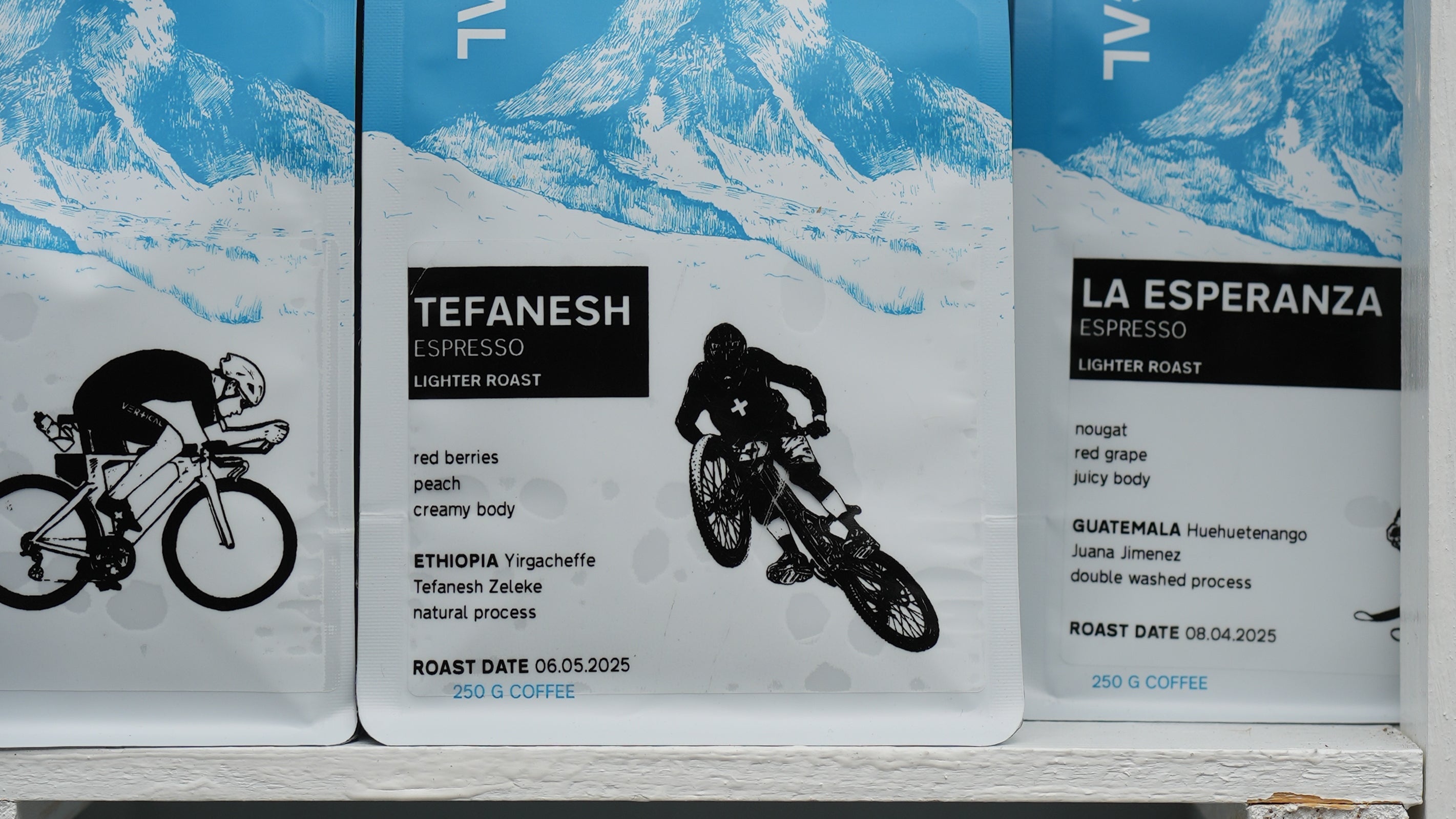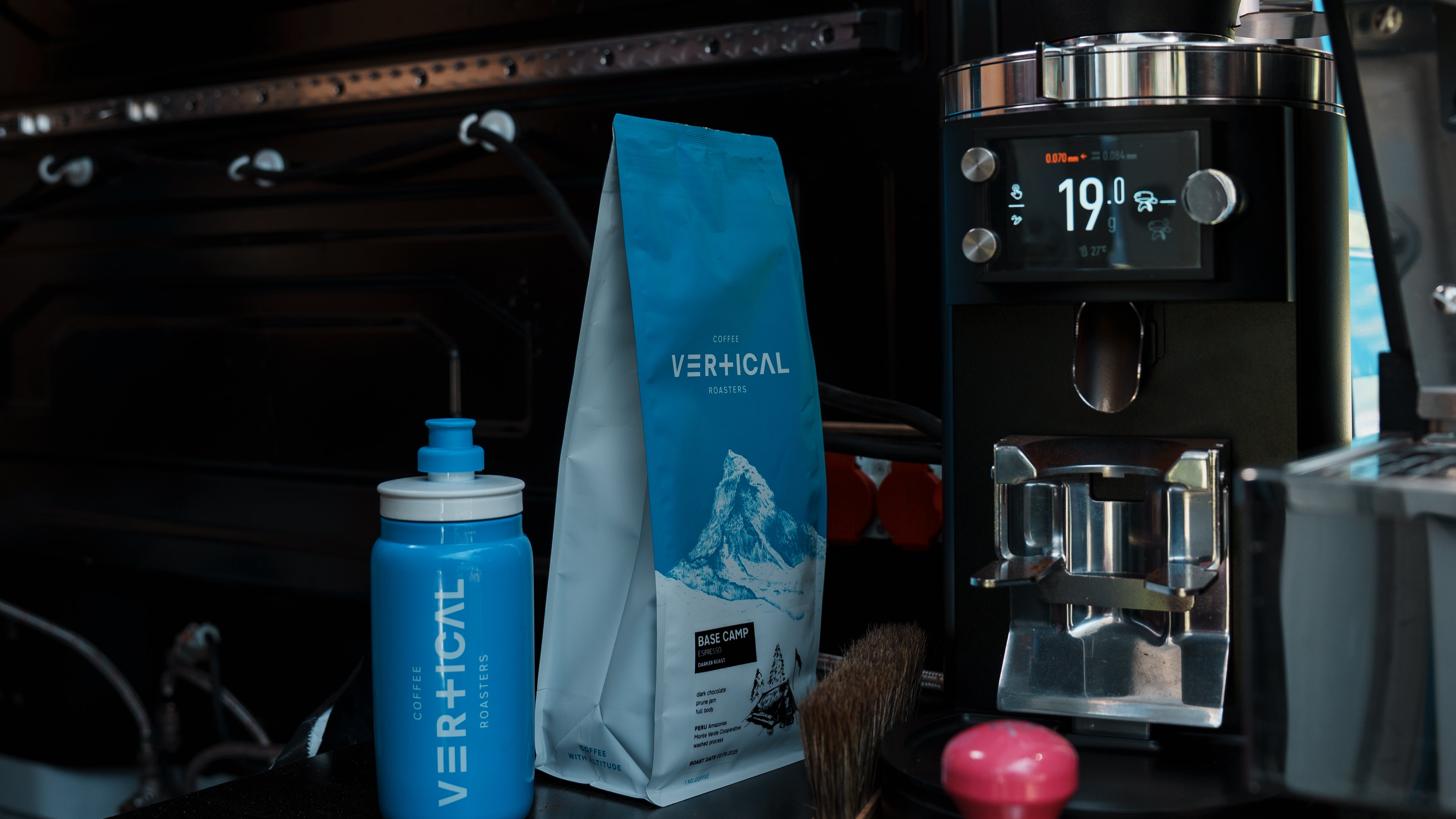Coffee ABC - F is for Fermentation

What do coffee, yoghurt, olives, pickles and wine have in common? Besides being tasty food and beverage items, they are all products which involve fermentation before they are ready to be consumed - fermentation gives them their edibility and palatability. And while fermentation is a term used frequently and a concept which has been around for thousands of years - it isn't as widely understood as fermented foods and drinks are consumed. Which is a lot when you consider that bread, cheese, tofu, soy sauce, vinegar, cocoa, miso, sauerkraut, kimchi are also all fermented food products (and the list goes on... these are merely the ones I know and have tried).
So then, what is fermentation? In a nutshell, fermentation is the process of microorganisms breaking down organic compounds with or without oxygen - which results in interesting byproducts or changes/addition in flavour and texture. For example when yeasts break down the sugars of grape juice this results in wine/alcohol, when lactobacillus bacteria break down the sugars in milk it becomes yoghurt or cheese. To be edible, olives are fermented in salt brine - they are super hard and very bitter straight off the tree - the lactic acid bacteria are ubiquitous, also on the surface of plant materials.
OK, and where does coffee come in? If you've been following our coffee ABC, you probably read in "A is for Arabica" that the coffee bean is the seed of the coffee cherry. After harvesting the cherry, the seed needs to be removed from the mucilage and the rest of the cherry so it becomes our "coffee bean" and we can easily handle, ship, store and eventually roast it. We call this step in the coffee value chain "processing" and there are several different ways to go about it. We'll dive deeper into this topic once we reach the "P is for Processing" but before we diverge we'll go back to the fermentation.
In all types of post-harvest processing, the mucilage surrounding the coffee bean is fermented or broken down using yeasts and bacteria. How this is done and for how long highly impacts the flavour of the coffee.
The natural process uses minimal intervention when it comes to fermentation: The whole ripe coffee cherry is dried and the microorganisms in the air and on the fruit skin break down the sugars of the mucilage.
Washed coffees are fermented too: After the skin has been removed mechanically, the coffee seeds (still surrounded by mucilage) are fermented in water tanks, buckets or basins. Naturally occurring microorganisms break down the sugars of the mucilage and loosen it so the coffee seeds can be "washed" by adding some turbulence to the water. It is easier to control the processes in the water as it acts as a natural buffer and barrier for unwanted byproducts like mold.
With any post-harvest process, the time the coffee is fermented for greatly impacts the flavour: The longer and slower the fermentation, the more fruity and eventually "funky" the coffee will taste. It's especially easy to taste the impact of the duration of the fermentation in natural processed coffees: In our portfolio for example, the natural Brazils (Diamond and Queen K) which are dried fast and have a short fermentation have a "chocolatey" respectively "caramelly" flavour profile while the natural from Ethiopia which is dried slowly with a long fermentation has fruity flavours. If the fermentation would take even longer, the coffees can taste rather boozy, rum-like or "funky". Yes, in this example the coffees are different varieties, from different origins, grown at different altitudes but if you'd take the Brazil and ferment it for longer, it would taste really fruity and the Ethiopian would taste chocolatey if dried fast. You get the picture and you can taste the coffees directly from our offerings.
Over the past few years, post-harvest processing has not only been perfected to reduce the risks of spoilage and ensure consistency but deliberately employing fermentation, it has brought forward loads of new and unique flavours like spices.
Such newer coffee fermentation sometimes involves adding special yeasts or fruits and spices to the water tanks during fermentation while other methods simply ferment the coffee in airtight containers.
Every fermentation method - new or old - has different impacts on the final flavour of the coffee. And while some tried and trusted methods bring forward solid and consistent results, some new ones can easily be a hit or miss. Depending on who you ask, it's probably either exciting or awful.
Which kind of sums up the essence of fermentation: Love it or hate it, you won't find many folks who are indifferent when it comes to funkiness, acidity, sourdough, pickles, cheese etc.
But: What is your take on fermented stuff?



